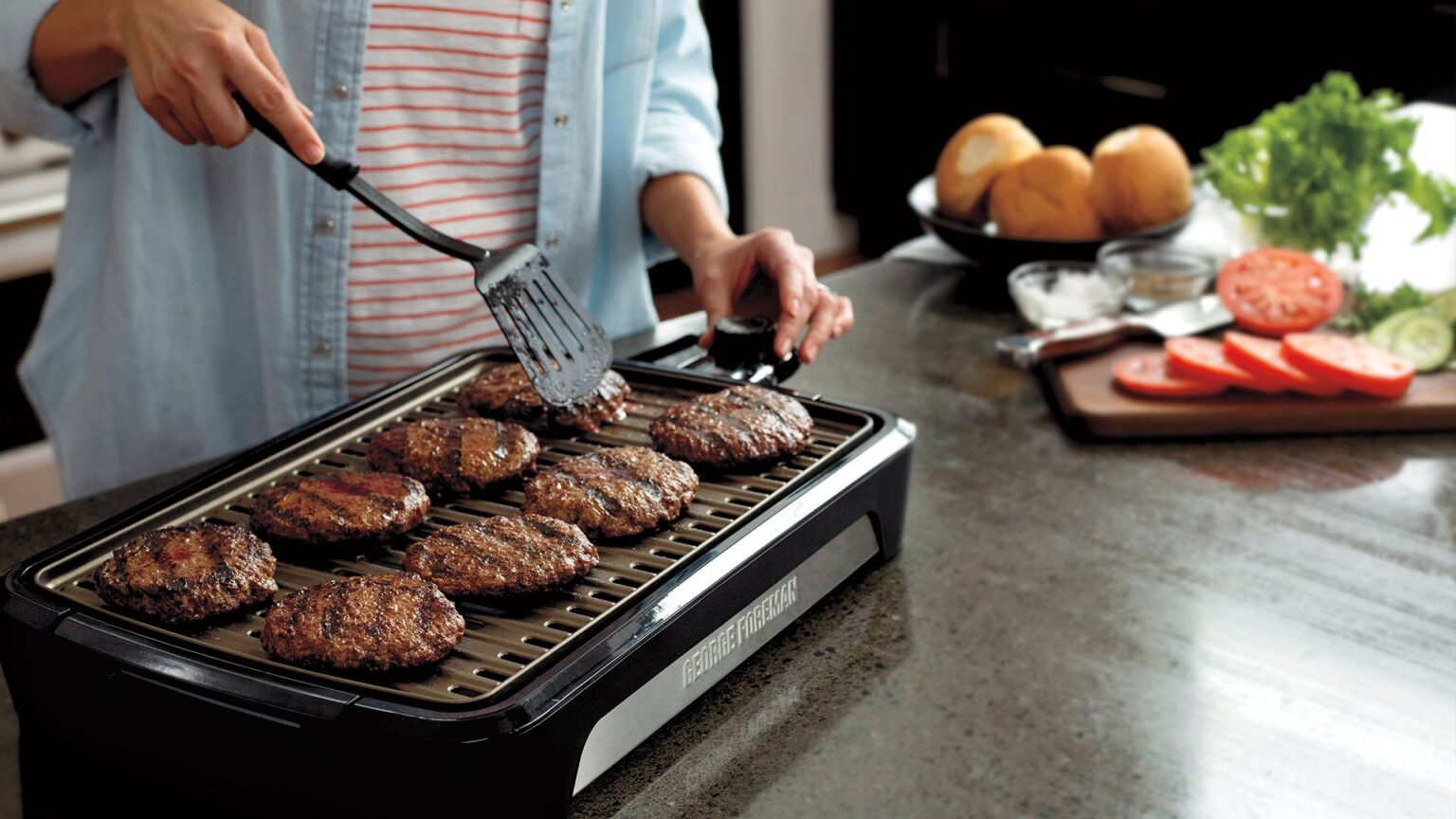

Articles
How Do Grills Work
Modified: January 6, 2024
Discover how grills work and get expert advice with our informative articles. Learn about the different types of grills, cooking techniques, and maintenance tips.
(Many of the links in this article redirect to a specific reviewed product. Your purchase of these products through affiliate links helps to generate commission for Storables.com, at no extra cost. Learn more)
Introduction
Grilling is a beloved pastime for many people, especially during the warm summer months. Whether you’re cooking up burgers, steak, or veggies, there’s something about the sizzling sound and tantalizing aroma of a grill that instantly whets the appetite. But have you ever stopped to wonder how grills actually work?
In this article, we’ll delve into the fascinating world of grills and explore the mechanisms that make them function. From the basic components to the different types of grills and their fuel sources, we’ll cover it all. So, let’s fire up the grill and get started!
Key Takeaways:
- Grilling is a versatile and social cooking method that brings people together. Understanding the basic components, fuel sources, and heat transfer in grills enhances the grilling experience and allows for delicious, flavorful meals.
- When choosing a grill, consider factors such as fuel source, cooking space, temperature control, construction, and budget. Prioritizing safety and proper maintenance ensures enjoyable and safe grilling experiences for all.
Read more: How Do Traeger Grills Work
What are Grills?
Grills are cooking devices specifically designed for outdoor use. They are commonly used to cook food over an open flame or hot coals, producing a distinct smoky flavor and charred appearance. Grills are typically made of durable materials like stainless steel or cast iron, and they come in various sizes and styles to suit different cooking needs.
Grills have been used for centuries and have evolved significantly over time. They are not only popular for backyard barbecues, but they are also commonly seen in parks, camping sites, and even restaurants. The versatility of grills makes them a favorite cooking method for many people around the world.
While the primary purpose of a grill is to cook food, it also serves as a social gathering point. Grilling often brings people together, whether it’s a family cookout, a neighborhood block party, or a tailgate before a big sports event. It creates a unique experience that combines the joy of cooking with the pleasure of spending time with loved ones.
Now that we have a general understanding of what grills are, let’s dive deeper into their inner workings and explore the basic components that make them tick.
The Basic Components of a Grill
Grills may come in different shapes and sizes, but they all have some common components that allow them to work their magic. Here are the basic parts you’ll find in most grills:
- Firebox: This is where the fuel source, whether it’s charcoal, gas, or electricity, is located. The firebox is typically made of heat-resistant materials such as stainless steel or cast iron.
- Grates: These are the metal grids where you place your food for cooking. Grates are usually made of stainless steel or cast iron and come in various shapes and sizes depending on the type of grill.
- Burners: Gas grills have burners that distribute heat evenly across the cooking surface. These burners are usually made of stainless steel or brass and can be adjusted to control the temperature.
- Vents: Vents are openings in the grill that allow for airflow and help regulate the temperature. They are often found on the lid or sides of the grill and can be opened or closed to control the intensity of the fire.
- Grease Management System: Grilling can produce a lot of dripping grease, so many grills have a system in place to collect and manage it. This can include a drip tray, grease cup, or a design that directs the grease away from the burners.
- Lid: The lid is a crucial component of a grill as it helps retain heat and allows for indirect cooking. It also helps to infuse a smoky flavor into the food and prevents flare-ups.
- Handles and Knobs: These are the practical elements that allow you to open and close the lid, adjust the temperature, and move the grill when needed. Handles and knobs are usually made of heat-resistant materials like plastic or metal.
These basic components work together to create a controlled cooking environment in which you can prepare delicious grilled meals. From the fuel source to the cooking grates and ventilation, each part plays a crucial role in the grilling process.
Now that we understand the basic components of a grill, let’s explore the different types of fuel sources used in grills and how they impact the cooking process.
Fuel Sources for Grills
Grilling requires a fuel source to create the heat needed to cook your food. The choice of fuel can greatly impact the flavor, cooking time, and overall grilling experience. Let’s take a look at the three primary fuel sources for grills:
- Charcoal: Charcoal grills are known for producing that classic smoky flavor that many grill enthusiasts love. Charcoal is made by burning wood until it becomes carbonized. It provides a steady heat and can reach high temperatures, making it ideal for searing meats. Charcoal grills require charcoal briquettes or lump charcoal as the fuel source. They can take some time to heat up and require additional effort to clean and dispose of the ashes.
- Gas: Gas grills run on propane or natural gas, making them convenient and quick to use. They provide instant heat and precise temperature control, allowing you to easily adjust the cooking temperature. Gas grills are known for their efficiency and ease of use, making them a popular choice for many grillers. They require a gas tank or connection to a natural gas line and often have multiple burners to create different heat zones for cooking various foods simultaneously.
- Electric: Electric grills are a convenient option for those who don’t have access to outdoor space or prefer a smokeless grilling experience. These grills use electricity as the fuel source and heat up quickly. They are easy to use and require minimal cleanup. Electric grills are especially popular for indoor grilling, as they produce less smoke and can be used safely in apartment complexes or areas with strict fire regulations.
Each fuel source has its own advantages and considerations, so the choice ultimately depends on personal preference and the specific grilling needs. Charcoal offers a traditional smoky flavor but requires more time and effort, while gas grills provide convenience and precise temperature control. Electric grills are perfect for indoor grilling and situations where gas or charcoal grills are not feasible.
Now that we’ve explored the different fuel sources, it’s time to dive into the science of heat transfer and understand how grills harness heat to cook our favorite foods.
Understanding Heat Transfer in Grills
Heat transfer is a fundamental concept in the grilling process. It refers to the way heat is transferred from the fuel source to the food, resulting in the cooking and browning of the ingredients. There are three main methods of heat transfer that take place in grills:
- Conduction: Conduction is the direct transfer of heat from one object to another through physical contact. In grills, this occurs when the food comes into direct contact with the hot grates. The heat from the grates is conducted through the food, cooking it evenly. Conduction is responsible for creating those coveted grill marks on meat and vegetables.
- Convection: Convection is the transfer of heat through the movement of air or liquid. In grills, this happens when heated air circulates around the food, cooking it from all sides. Convection cooking helps to evenly distribute heat and reduces the cooking time. It is particularly important in larger grills with a hood or lid that allows for proper airflow.
- Radiation: Radiation is the transfer of heat through electromagnetic waves. In grilling, this occurs when the food is exposed to infrared radiation emitted by the hot coals, burners, or heating elements. The infrared radiation penetrates the surface of the food, cooking it from the inside out. Radiant heat is responsible for creating that desirable char and flavorful crust on grilled items.
All three methods of heat transfer work together to cook food on a grill. For example, when searing a steak on a charcoal grill, conduction transfers heat from the hot grates to the meat, while convection circulates the hot air around the steak, and radiation from the glowing coals adds the characteristic smoky flavor.
Understanding heat transfer is crucial for achieving the desired results when grilling. It allows you to control the intensity of the heat and cook your food to perfection. Whether you’re aiming for a quick sear or slow-cooked tenderness, having a grasp of the science behind heat transfer will elevate your grilling skills.
Now that we have a solid understanding of heat transfer, let’s explore the different types of grills available in the market and how they utilize these principles to cook our delicious meals.
Read more: How Do Pellet Grills Work
Different Types of Grills
Grills come in a variety of types, each with its own unique features and cooking techniques. Whether you prefer the classic smokiness of charcoal, the convenience of gas, or the versatility of electric, there is a grill out there to suit your needs. Let’s explore the most common types of grills:
- Charcoal Grills: Charcoal grills are beloved for their traditional and authentic grilling experience. They use charcoal briquettes or lump charcoal as the fuel source, providing a distinct smoky flavor to the food. Charcoal grills offer excellent heat control and the ability to reach high temperatures for searing. They are ideal for grilling foods that benefit from the smoky, charred taste.
- Gas Grills: Gas grills are popular for their convenience and ease of use. They run on propane or natural gas and offer instant heat with precise temperature control. Gas grills typically have multiple burners that allow for different heat zones, perfect for cooking various items simultaneously. They are known for their efficient cooking and quick startup time, making them a popular choice for many grill enthusiasts.
- Electric Grills: Electric grills are an excellent option for those who prefer grilling indoors or in restricted outdoor spaces. These grills use electricity as the fuel source, eliminating the need for gas or charcoal. Electric grills are easy to use, heat up quickly, and produce minimal smoke. They are often compact and portable, making them a great choice for small balconies, apartments, or camping trips.
- Pellet Grills: Pellet grills are a versatile option that combines the convenience of gas grills with the smoky flavor of charcoal grills. They use wood pellets as the fuel source, which are automatically fed into the grill to maintain a consistent temperature. Pellet grills offer precise temperature control and allow for both grilling and smoking. They are popular for their ability to infuse food with a rich, smoky taste.
- Infrared Grills: Infrared grills use propane or natural gas as the fuel source, but they have a unique cooking method. Instead of heating the air inside the grill, they use ceramic or metal plates to generate intense radiant heat. This results in faster cooking times and reduces flare-ups. Infrared grills are known for their ability to sear meat at high temperatures while retaining juices and flavors.
Each type of grill offers its own advantages and cooking experience. Whether you prioritize flavor, convenience, portability, or versatility, there is a grill type that will fit your preferences.
Now that we’ve covered the different types of grills, it’s time to dive into how each type works, starting with gas grills.
When using a grill, make sure to preheat it for at least 10-15 minutes before cooking. This ensures even cooking and helps prevent food from sticking to the grates.
How Gas Grills Work
Gas grills are a popular choice among grill enthusiasts due to their convenience and ease of use. Understanding how gas grills work can help you make the most out of your grilling experience. Here’s a breakdown of the key components and the process involved:
Fuel Source: Gas grills run on either propane or natural gas. Propane grills use portable propane tanks that are easily refillable, while natural gas grills are connected to a natural gas line at your home or outdoor area.
Burners: The burners are responsible for heating the cooking surface. Gas grills typically have multiple burners made of stainless steel or brass. Each burner has its own control knob, allowing you to adjust the temperature independently for different grilling zones. This feature is particularly useful when cooking foods that require different heat levels simultaneously.
Ignition System: Gas grills usually come equipped with an electronic ignition system. When you turn the control knob, it activates the ignition and creates a spark to ignite the gas. This eliminates the need for matches or lighters, making it quick and easy to start the grill.
Heat Distribution: Gas grills often feature heat diffusers or heat distribution plates above the burners. These plates help distribute heat evenly across the cooking surface and minimize flare-ups by preventing direct exposure of food to open flames. They also help to retain the heat and create consistent cooking temperatures.
Cooking Grates: Gas grills typically have cooking grates made of stainless steel or cast iron. These grates provide the surface on which food is placed for grilling. They often feature distinctive grill marks and allow for proper heat transfer through conduction.
Temperature Control: Gas grills offer precise temperature control through the burner knobs. By adjusting the knobs, you can increase or decrease the flow of gas to the burners, regulating the intensity of the heat. This control allows you to achieve different cooking techniques, such as searing, indirect grilling, or low-and-slow smoking.
Gas grills provide a convenient grilling experience, with the ability to quickly heat up and reach desired cooking temperatures. They are known for their efficiency and versatility, making them a popular choice for those who enjoy outdoor cooking.
Now that we’ve explored how gas grills work, let’s move on to understanding the process of grilling with charcoal.
How Charcoal Grills Work
Charcoal grills are known for their ability to infuse food with a distinct smoky flavor, making them a favorite choice for grill enthusiasts. Let’s take a closer look at how charcoal grills work and the process involved:
Fuel Source: Charcoal grills use either charcoal briquettes or lump charcoal as the fuel source. Charcoal is made by burning wood until it is carbonized, resulting in charred, lightweight coal pieces that ignite easily.
Firebox: The firebox is the area in the grill where you place the charcoal. It is usually located at the bottom of the grill and is made of heat-resistant materials such as stainless steel or cast iron. The firebox provides a controlled space for the charcoal to burn and generate heat.
Charcoal arrangement: Properly arranging the charcoal is important for ensuring even heat distribution and optimal cooking. The two common arrangements are the “two-zone” and “direct-indirect” methods. In the two-zone setup, one half of the grill is filled with hot charcoal for direct heat cooking, while the other half is left empty for indirect cooking. With the direct-indirect method, the charcoal is placed on one side of the grill, allowing for both direct and indirect cooking zones.
Lighting the charcoal: There are several ways to light the charcoal, including using lighter fluid, chimney starters, or electric charcoal starters. Lighter fluid is applied to the charcoal and ignited, while chimney starters use newspaper or fire starters to ignite the charcoal from the bottom. Electric charcoal starters are plugged into an electrical outlet and have a heating element that ignites the charcoal. Once ignited, the charcoal starts to burn and produce heat.
Heat regulation: Charcoal grills offer heat regulation by adjusting the airflow. Most grills have vents on the bottom and top, allowing you to control the amount of oxygen that reaches the charcoal. Opening the vents increases the airflow, which fuels the fire and raises the heat. Closing the vents restricts the airflow, reducing the heat. By adjusting the vents, you can control the temperature for different cooking techniques.
Cooking grates: Charcoal grills come with cooking grates that provide a surface to place the food. These grates are usually made of stainless steel or cast iron and can create those classic grill marks on the food. They allow for direct contact with the high heat of the charcoal, facilitating conduction heat transfer.
Smoking wood: Charcoal grills are often used for smoking food. Adding smoking wood chunks or chips to the charcoal can create additional smoky flavors and aromas. The smoking wood is soaked in water beforehand and then placed on top of the charcoal, releasing smoke as it burns.
Charcoal grills require a bit more time and attention compared to gas grills, but they offer a unique grilling experience and the ability to create that quintessential smoky flavor. The heat from the burning charcoal cooks the food and infuses it with a delicious, smoky taste.
Now that we understand how charcoal grills work, let’s explore the process of grilling with electric grills.
How Electric Grills Work
Electric grills provide a convenient and smokeless grilling experience, making them a popular choice for indoor or restricted outdoor spaces. Let’s take a closer look at how electric grills work:
Heating Element: The heating element is the main component of an electric grill. It is typically made of metal or ceramic and is responsible for generating heat. When the grill is plugged into an electrical outlet, the heating element is powered and begins to warm up.
Cooking Surface: Electric grills have a cooking surface, usually made of stainless steel or non-stick material, where you place the food for grilling. The cooking surface is directly heated by the heating element, providing consistent and even heat distribution.
Temperature Control: Electric grills offer precise temperature control through adjustable thermostats or temperature dials. You can adjust the desired cooking temperature based on the type of food you are grilling. The heating element responds to the temperature setting and maintains a steady heat throughout the cooking process.
Safety Features: Electric grills often come equipped with safety features such as built-in timers and automatic shut-off mechanisms. These features help prevent overheating and ensure safe cooking. Some electric grills also have non-slip feet to provide stability during use.
No Open Flame: Unlike charcoal or gas grills, electric grills do not have an open flame because they rely solely on the heating element for generating heat. This eliminates the risk of flare-ups and reduces the production of smoke.
Indoor and Outdoor Use: Electric grills are a popular choice for indoor grilling due to their smokeless operation. They produce minimal smoke and can be used in apartments, condominiums, or other areas with restrictions on open flame grilling. Electric grills are also suitable for outdoor use, such as balconies or patios, where open flames may not be permitted.
Electric grills offer a convenient and efficient grilling experience. They heat up quickly, provide precise temperature control, and are easy to clean. While they may not provide the same smoky flavor as charcoal grills, electric grills are perfect for those who prioritize convenience, safe indoor grilling, and quick setup.
Now that we’ve covered the basics of how electric grills work, let’s explore important factors to consider when choosing a grill.
Read more: How Do Wood Pellet Grills Work
Factors to Consider When Choosing a Grill
When it comes to choosing a grill, there are several factors to consider to ensure you find the one that best suits your needs and preferences. Here are some key factors to keep in mind:
- Fuel Source: Determine which fuel source aligns with your grilling style. Do you prefer the smoky flavor of charcoal, the convenience of gas, or the ease of use with electricity? Each fuel source offers its own unique cooking experience.
- Cooking Space: Consider the amount of cooking space you need based on the number of people you typically grill for. If you often entertain large groups, a grill with ample cooking space might be ideal, whereas a smaller grill may suffice for intimate gatherings.
- Grill Size and Portability: Assess the available outdoor space or the portability you require. If you have limited space, a compact or tabletop grill may be more suitable. Conversely, if you have ample outdoor space or plan to take the grill on camping trips or tailgating events, a larger, more portable option might be preferred.
- Temperature Control: Look for a grill that offers precise temperature control. This is particularly important when cooking different types of food that require specific cooking temperatures. The ability to adjust the heat ensures optimal cooking results.
- Construction and Durability: Consider the materials used in the grill’s construction to ensure durability and longevity. Stainless steel or cast iron grills tend to be more durable and resistant to rust and corrosion.
- Cleaning and Maintenance: Evaluate how easy it is to clean and maintain the grill. Features like removable cooking grates and drip pans can make the cleaning process more convenient.
- Budget: Determine your budget and find a grill that fits within that range. Grills come in a variety of price ranges, so it’s important to balance your desired features with your budgetary constraints.
- Additional Features: Consider any additional features that may enhance your grilling experience. This could include side burners, rotisserie attachments, smoker boxes, or built-in temperature gauges.
By considering these factors, you can narrow down your options and choose a grill that aligns with your grilling needs, preferences, and budget.
Now that we’ve covered the factors to consider when choosing a grill, let’s move on to some maintenance and safety tips to ensure the longevity and safe operation of your grill.
Maintenance and Safety Tips for Grills
Maintaining and using your grill properly is essential for safe and enjoyable grilling experiences. Here are some maintenance and safety tips to keep in mind:
- Regular Cleaning: Clean your grill regularly to prevent grease buildup and reduce the risk of flare-ups. Scrub the grates, remove ashes from charcoal grills, and clean the burners and vents of gas grills. Refer to the manufacturer’s instructions for specific cleaning recommendations.
- Preheat and Preparations: Preheat your grill before cooking to ensure proper heat distribution and to kill any bacteria. Allow the grill to reach the desired temperature before placing the food on the grates. Also, make sure you have all the necessary tools, utensils, and ingredients prepared before grilling.
- Proper Ventilation: Ensure your grill has proper ventilation to prevent the buildup of gas or smoke. If using a gas grill, always open the lid before igniting the burners to allow any accumulated gas to vent. Additionally, grill in an open, well-ventilated area to prevent the accumulation of carbon monoxide.
- Keep a Safe Distance: Keep a safe distance between the grill and any flammable materials, such as walls, buildings, and hanging branches. This helps prevent accidental fires and ensures the safety of the surroundings.
- Never Leave Unattended: Never leave your grill unattended while it is in use. Stay vigilant and keep an eye on the cooking process to prevent any accidents or flare-ups. If you need to step away even for a short while, turn off the grill or designate someone to watch over it.
- Proper Fuel Handling: If using charcoal or gas, handle the fuel properly. Follow the manufacturer’s instructions for using and storing fuel, and never add additional fuel while the grill is in operation. When finished grilling, ensure all fuel sources are properly extinguished before covering or storing the grill.
- Use Long-Handled Tools: Use long-handled utensils and grill tools to minimize the risk of burns. This allows you to maintain a safe distance from the heat source while still effectively grilling and flipping the food.
- Keep a Fire Extinguisher: Have a fire extinguisher readily available in case of emergencies. Familiarize yourself with its operation and ensure it is in proper working condition.
Remember, safety should always be the top priority when grilling. Adhering to these maintenance and safety tips will help you enjoy the grilling experience while minimizing the risk of accidents or injuries.
Now that we’ve covered maintenance and safety, let’s wrap up our article.
Conclusion
Grilling is not only a popular cooking method but also a beloved pastime for many people. Whether you prefer the smoky flavor of charcoal, the convenience of gas, or the simplicity of electric grills, understanding how grills work is essential to make the most out of your grilling experience.
We explored the basic components of grills, including the firebox, grates, burners, and vents, that work together to create a controlled cooking environment. We also discussed the different fuel sources, such as charcoal, gas, and electric, and how they contribute to the cooking process.
Understanding heat transfer in grills – conduction, convection, and radiation – helps us appreciate how the food is cooked and the flavors that are developed. We also delved into the various types of grills available, from charcoal grills that offer that classic smoky taste, to gas grills that provide convenience and precise temperature control, to electric grills that offer a smokeless indoor option.
When choosing a grill, it’s important to consider factors such as fuel source, cooking space, temperature control, construction, and budget. Additionally, proper maintenance and adherence to safety practices are crucial for enjoyable and safe grilling experiences.
Remember to regularly clean your grill, preheat it properly, maintain proper ventilation, and keep a safe distance from flammable materials. Never leave your grill unattended and handle the fuel source with care. Using long-handled utensils and having a fire extinguisher on hand are also important safety precautions.
Whether you’re grilling up a tasty backyard barbecue, enjoying a meal on the go, or hosting a social gathering, understanding the mechanics of grills and following safety guidelines will ensure successful and satisfying grilling sessions.
So, fire up that grill, experiment with different flavors, and savor the delicious meals you create. Happy grilling!
Frequently Asked Questions about How Do Grills Work
Was this page helpful?
At Storables.com, we guarantee accurate and reliable information. Our content, validated by Expert Board Contributors, is crafted following stringent Editorial Policies. We're committed to providing you with well-researched, expert-backed insights for all your informational needs.
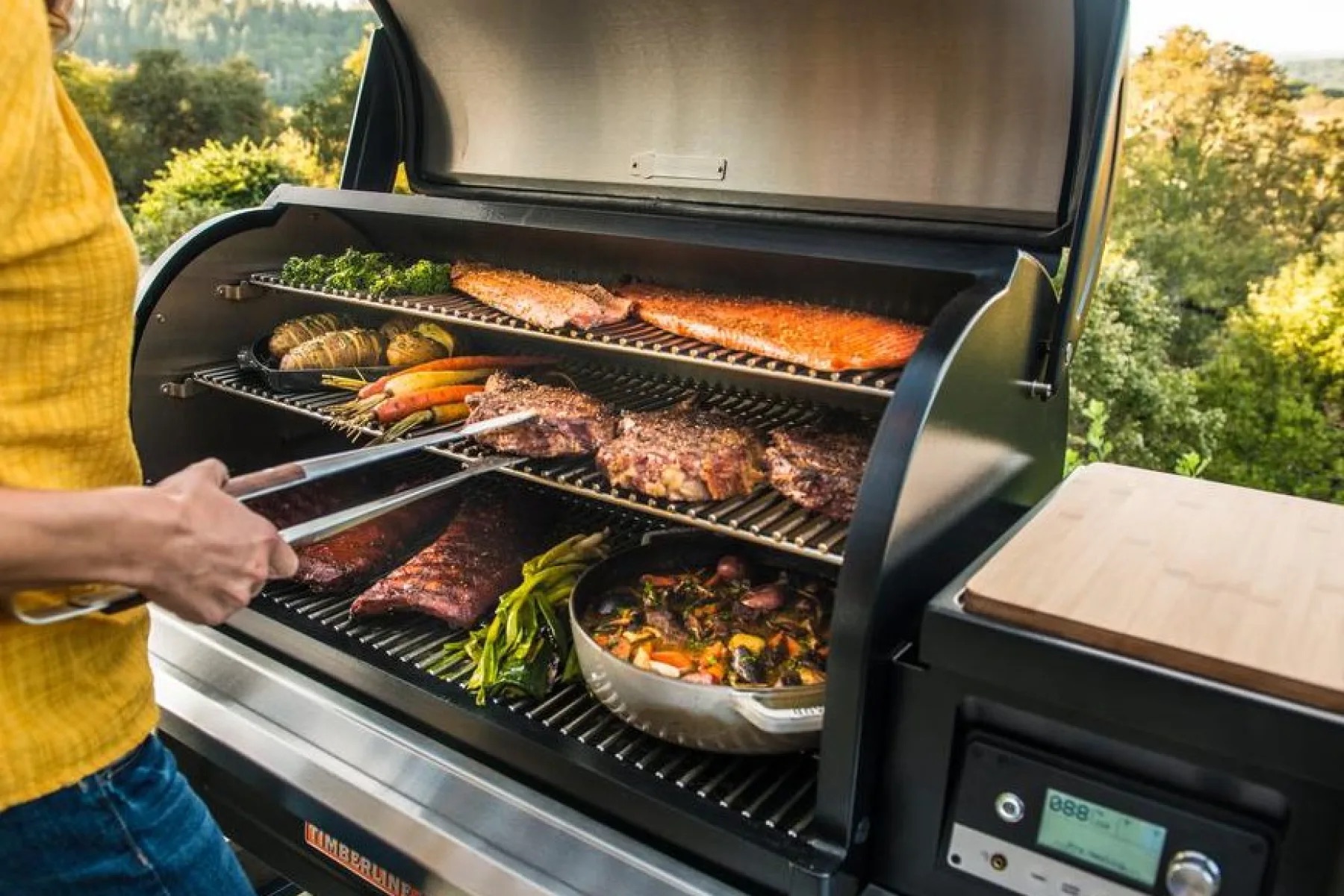

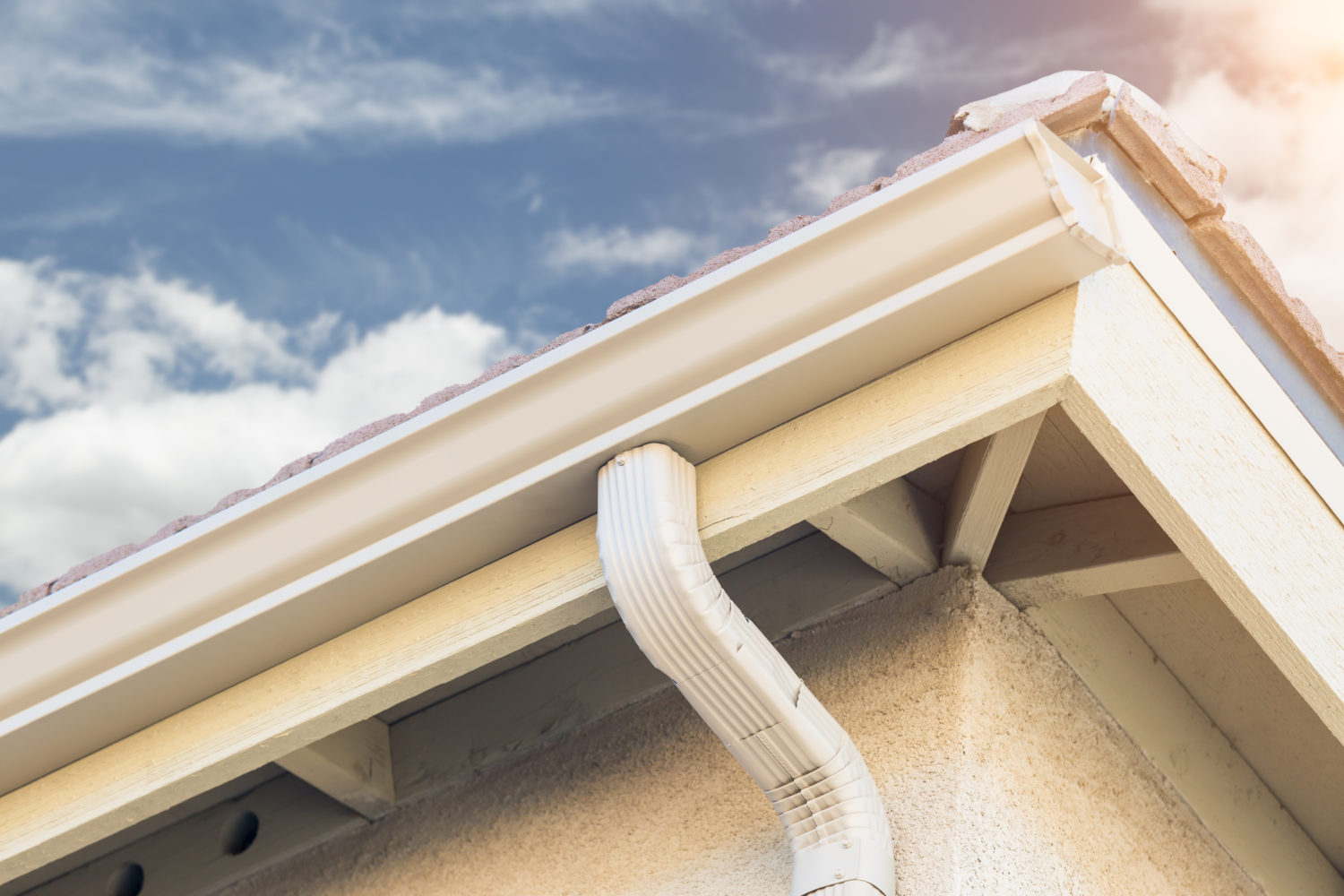
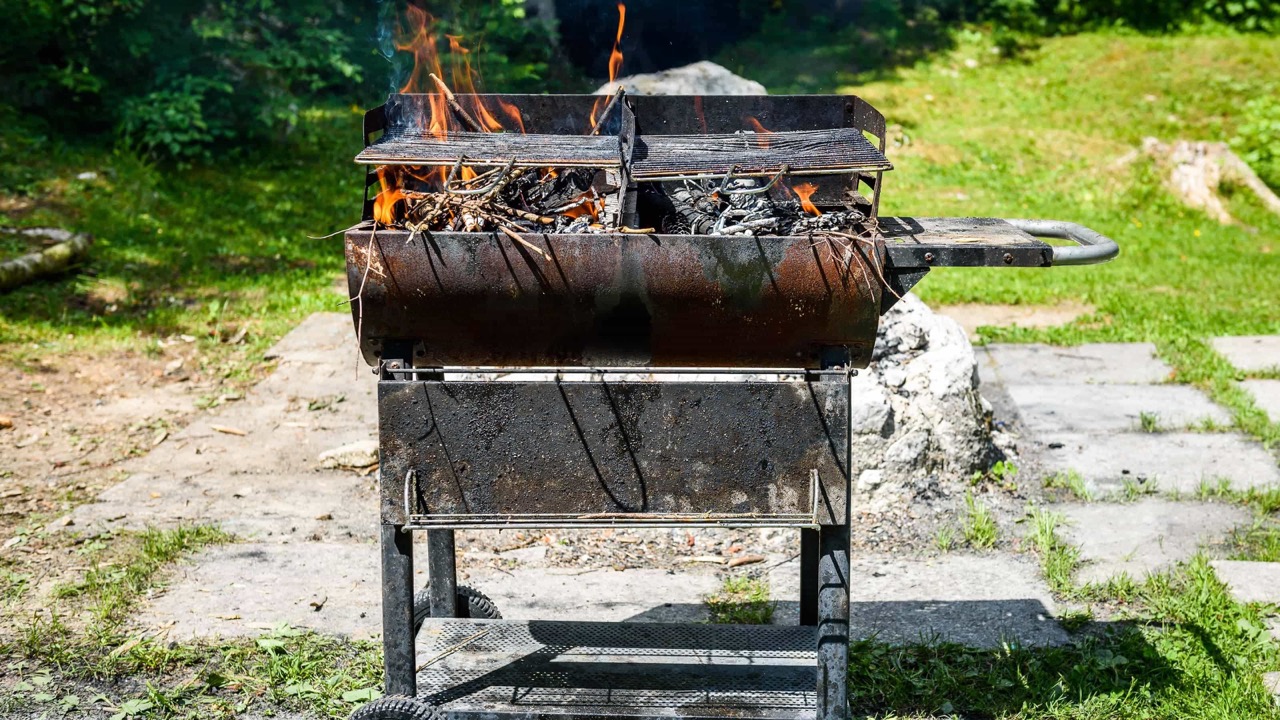
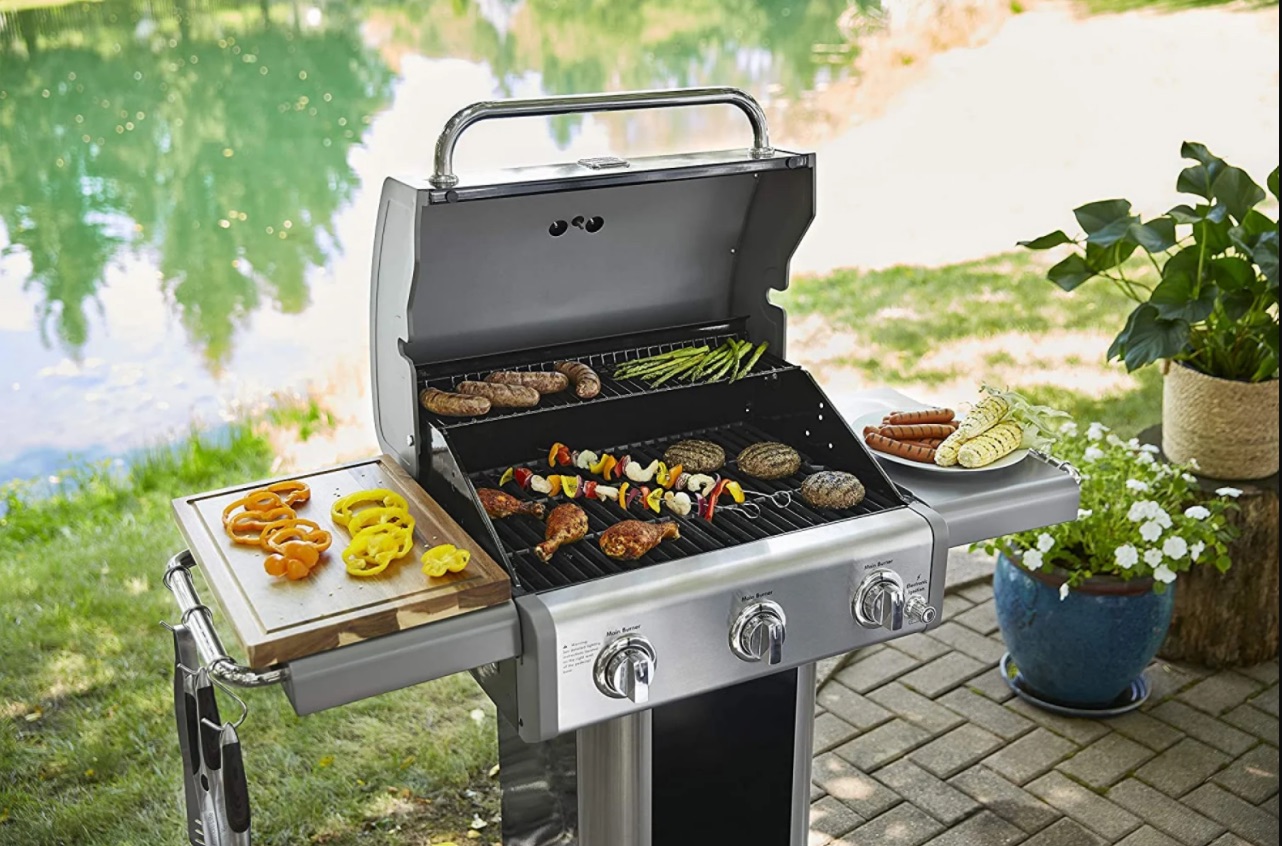


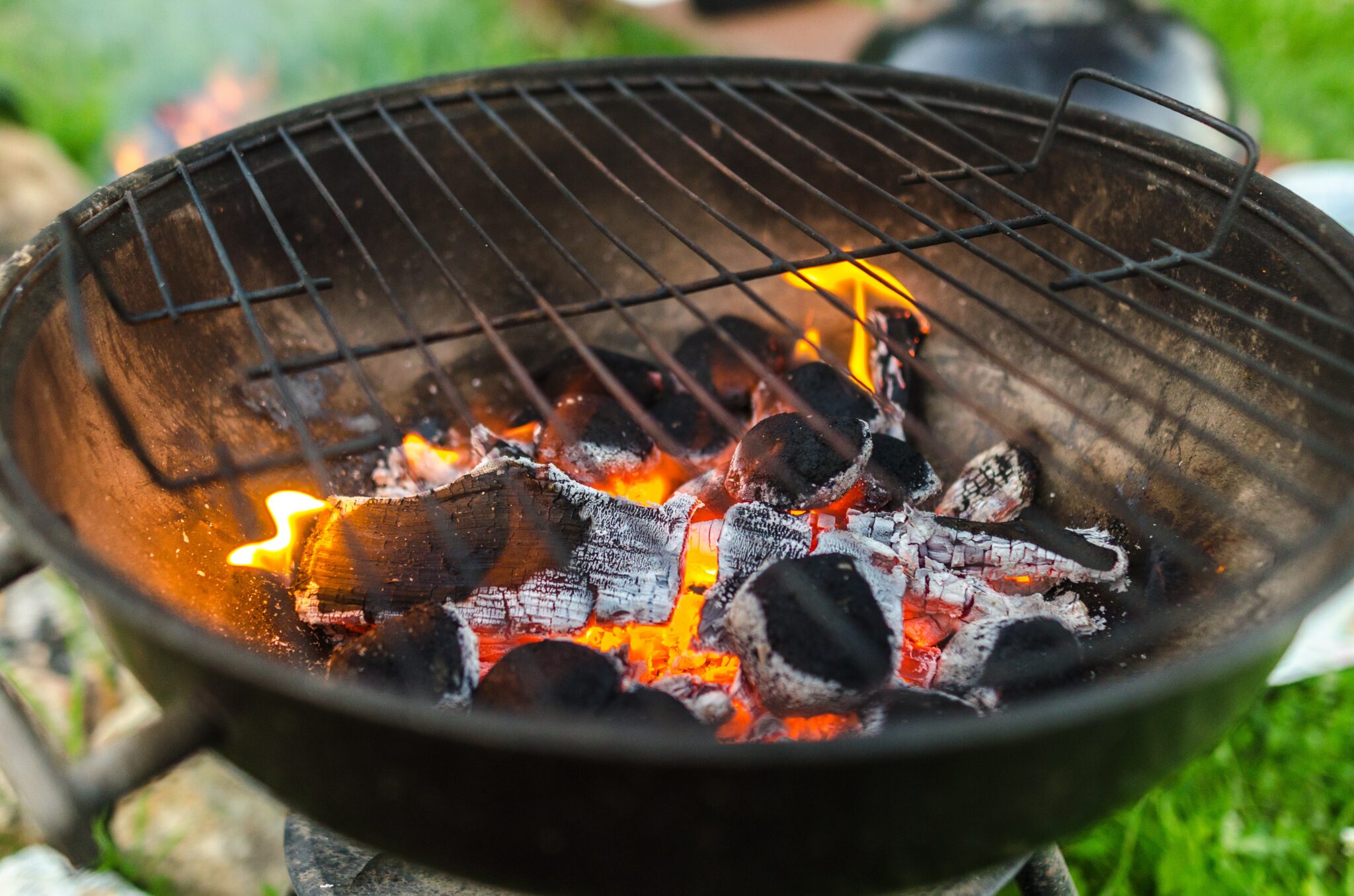
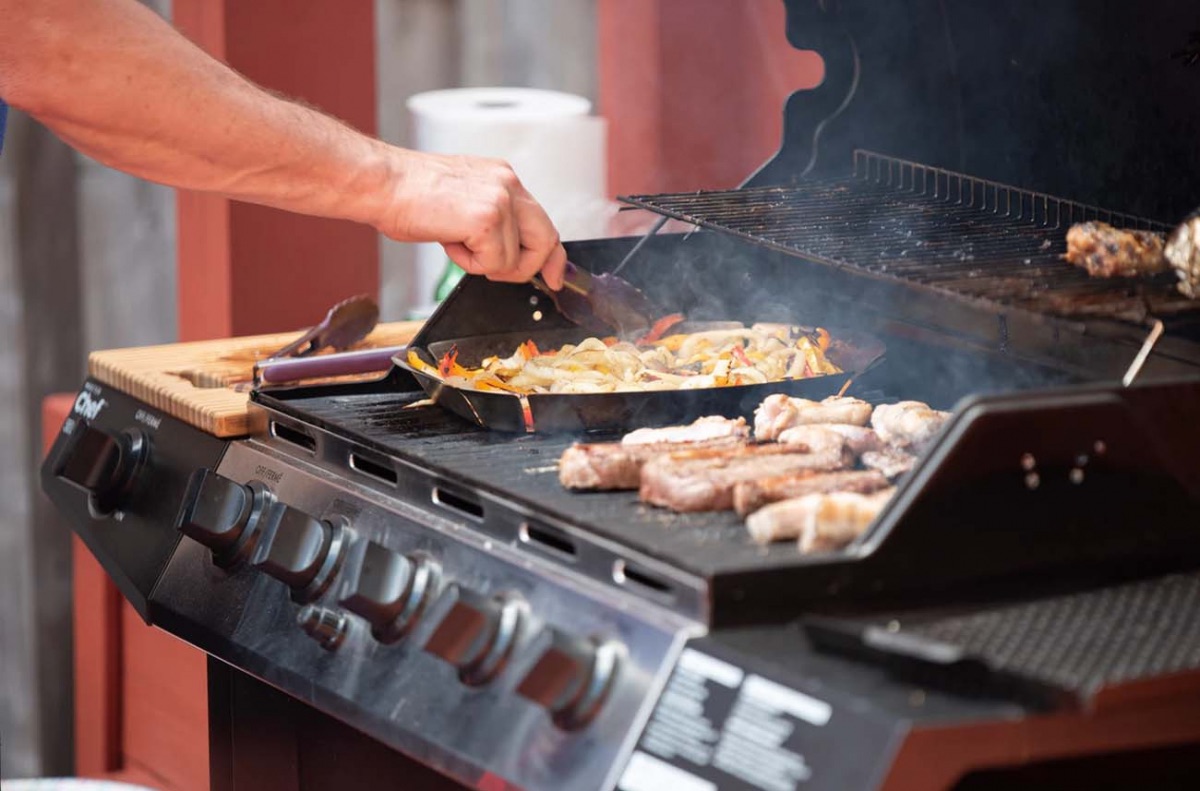
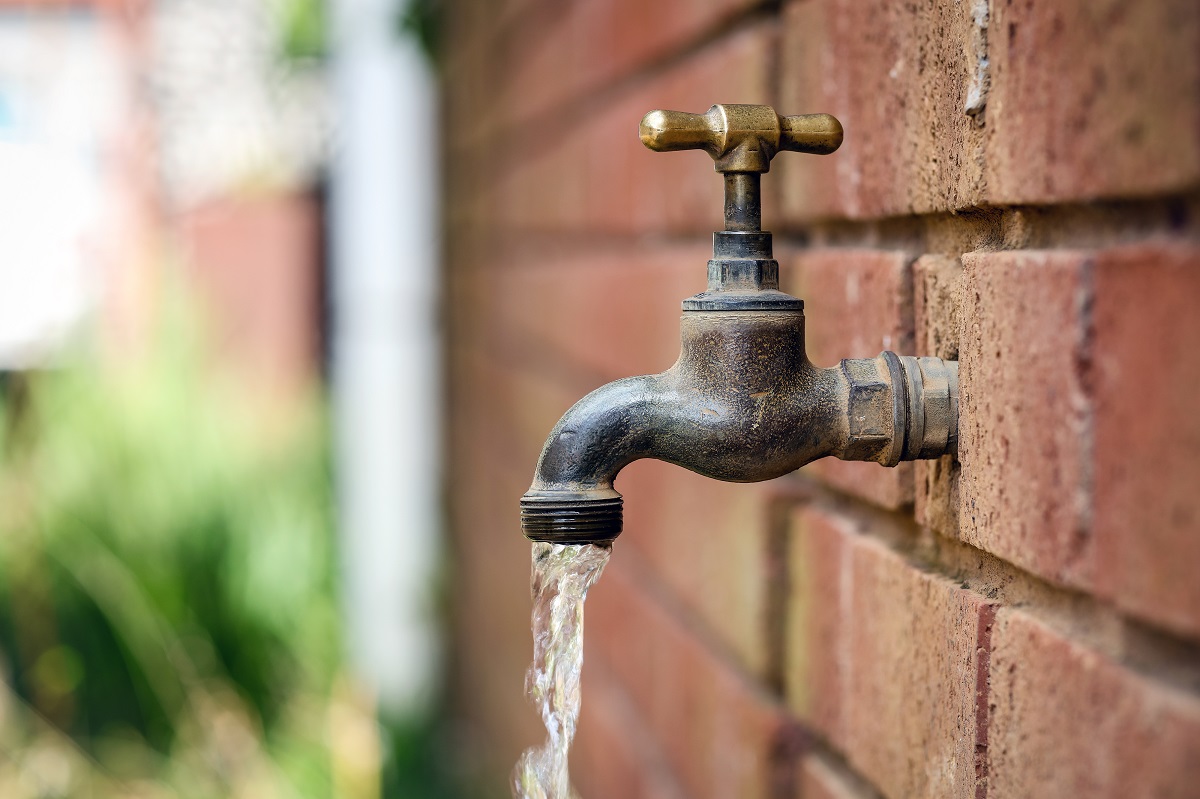
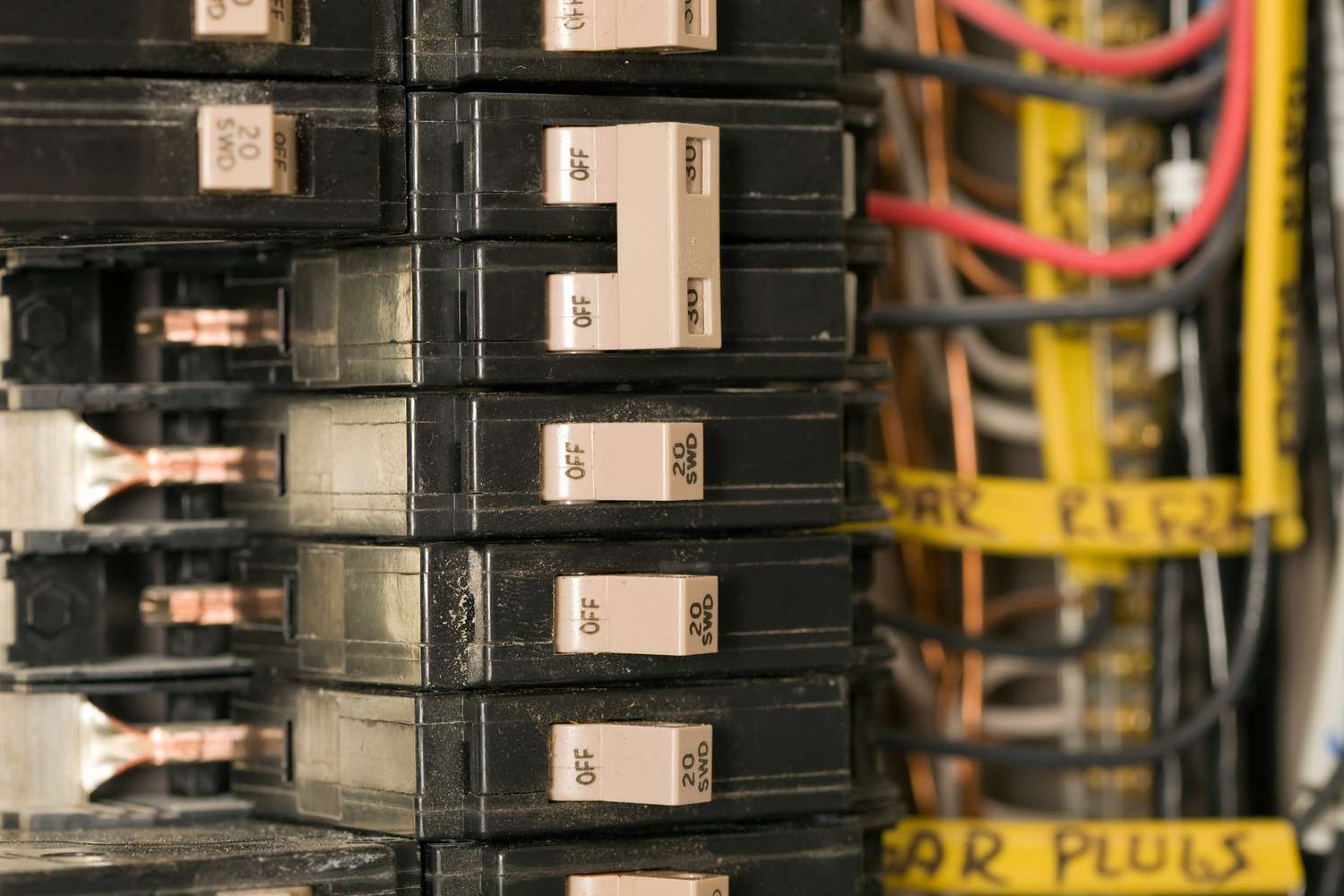

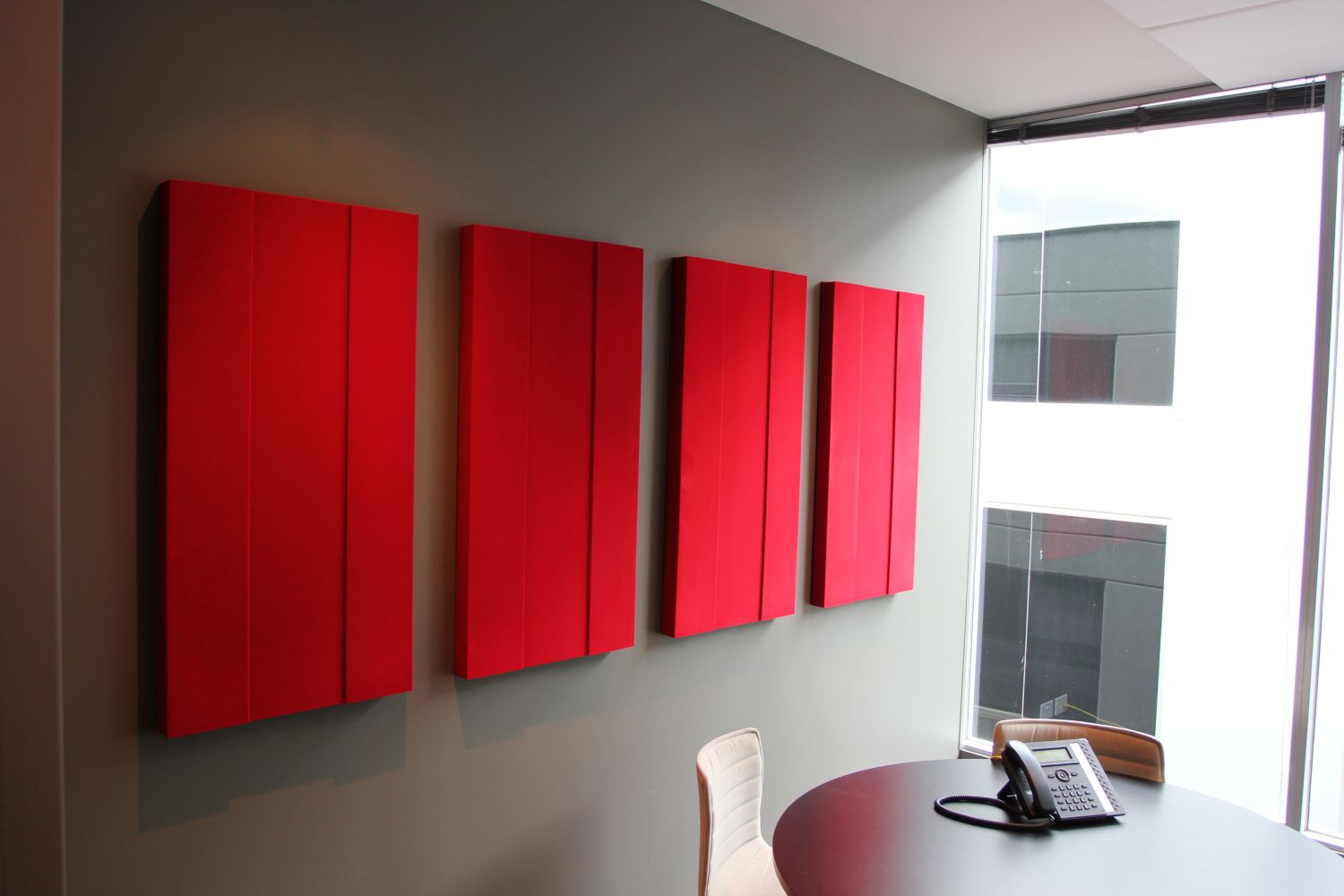

0 thoughts on “How Do Grills Work”